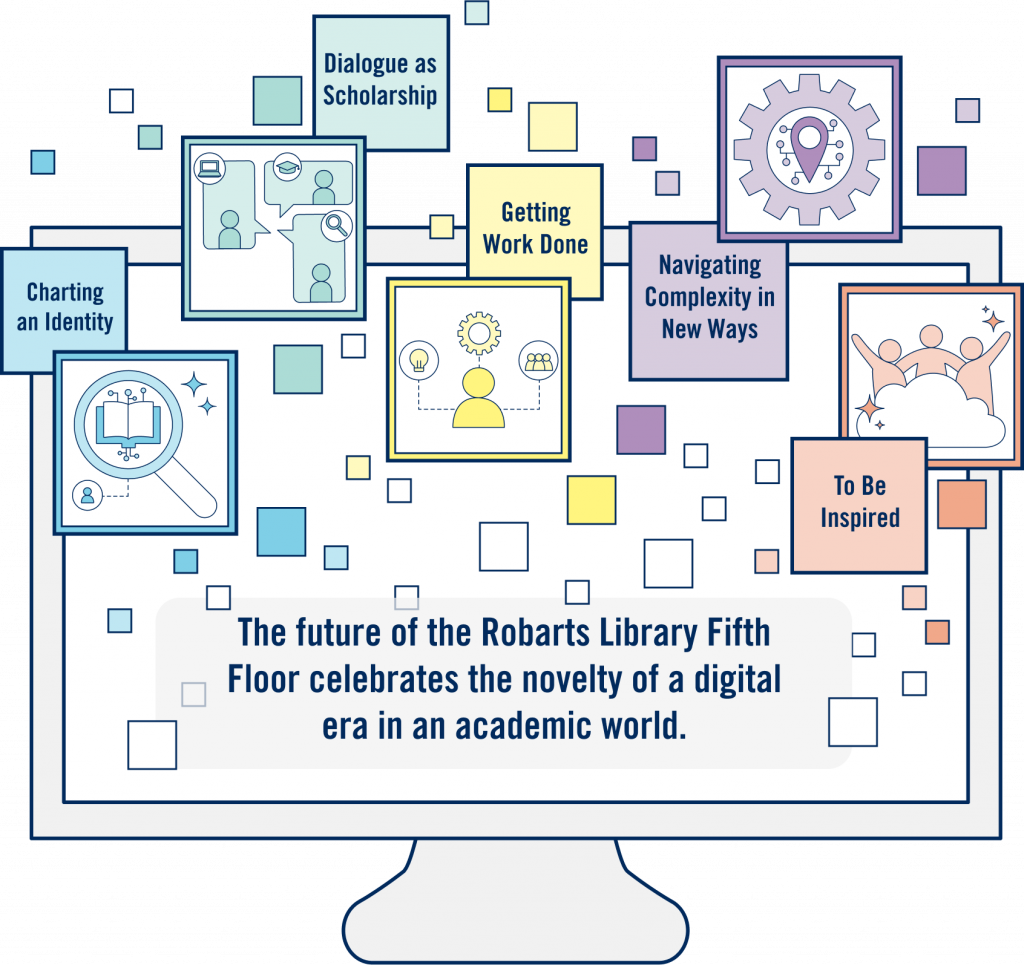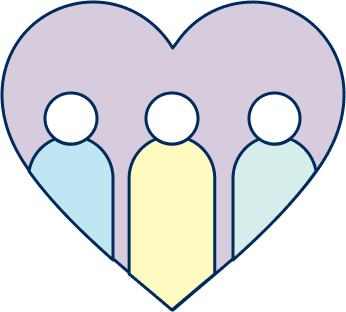
Written by Spencer Ki, Design Research Team Lead, Honours Bachelor of Science, Physics and Statistical Sciences
The Innovation Hub recently concluded its Innovation in Digital Scholarship on the Robarts Library Fifth Floor project. Spencer Ki, Design Research Team Lead, reflects on the power different perspectives can have when untangling a wicked problem.
What are the digital humanities? Who identifies as digital scholars? What tools do students, staff, and faculty in these fields use? We sought to address these questions and more during our Innovation in Digital Scholarship on the Robarts Library Fifth Floor project.
The Novelty of Digital Scholarship

As part of the University of Toronto Libraries’ vision, the Robarts Library fifth floor will be undergoing renovation to transform it into a hub for digital tools, consultation, and study. To support this transformation, U of T Libraries partnered with the Innovation Hub to better understand the needs of the digital humanities and digital scholarship communities at the University.
These communities encompass an incredibly wide range of research, and we had the privilege of speaking with everyone from data librarians to cinema archivists. Through our research, we discovered that Robarts’ fifth floor will need to celebrate the novelty of digital scholarship in the wider academic tradition.
A New Angle for Empathy
Our human-centered design thinking methodology prioritizes using empathy to discover users’ needs. Accordingly, we solicited input from many faculty and staff on the fifth floor, and in doing so the team and I were exposed to a range of experiences vastly different from the ones we normally encounter as students.

This experience gap forced us to ‘stretch’ our empathy more than we were used to when collecting student feedback. At the end of the process though, I found it deeply refreshing to gain insight into a section of the University’s community that was so different from my own. Hearing the stories of staff and faculty empowered me to perceive the University from an entirely different angle, enriching my interaction with it both as a student and as an Innovation Hub researcher.
The Power of Different Perspectives

Through our conversations, we discovered that no two digital scholarship projects are alike, and that a space supporting this work would need to accommodate the rapidly evolving nature of the field. With so many different needs among users, there can be complexities that arise when looking to build a space for the entire community. However, in the end, we found that most participants had very similar hopes, aspirations, and needs around the Robarts fifth floor. We ended up being perfectly positioned to identify the common experiences that tied together a community that transcended department, geographic location, and research experience. As such, the team and I were fortunate to have been able to hear ‘all sides of the story’ to best identify the themes that threaded the whole narrative together.
It was really my privilege to work with such an amazing team and consult such interesting people, all in service to a project that will have such a tremendous impact on the University. I am very much looking forward to visiting the Robarts fifth floor in a few years’ time, and I hope that its final form reflects the respect, resources, and novelty that the University’s digital humanities and digital scholarship communities need.

Innovation in Digital Scholarship: Robarts Library 5th Floor Report
Curious to learn more about the Digital Scholarship at Robarts Library Project? Check out the report to learn about the needs of students as Robarts begins to plan the new ways to design the Robarts Fifth Floor.
0 comments on “Project Insights: Digital Scholarship at Robarts Library”